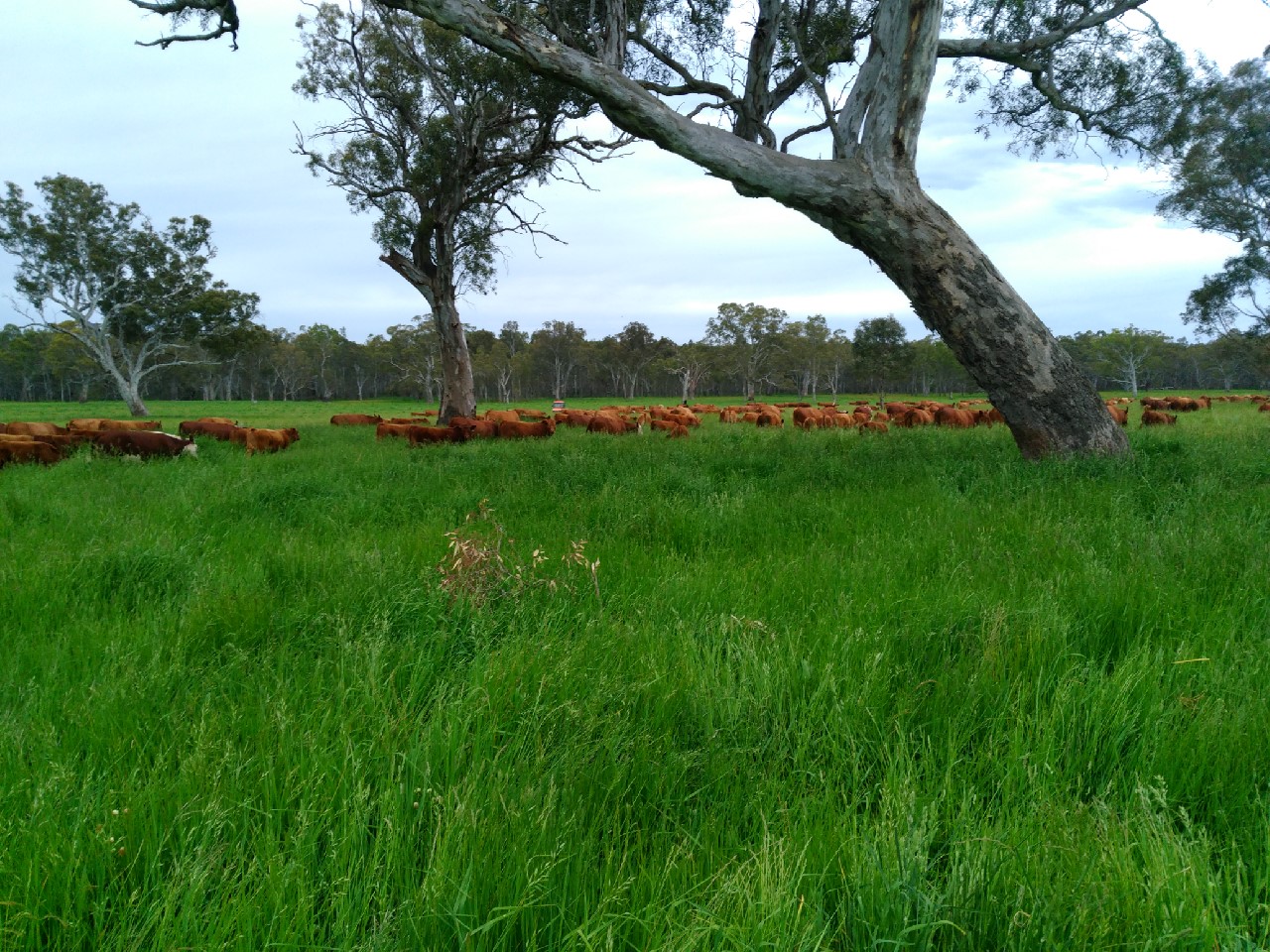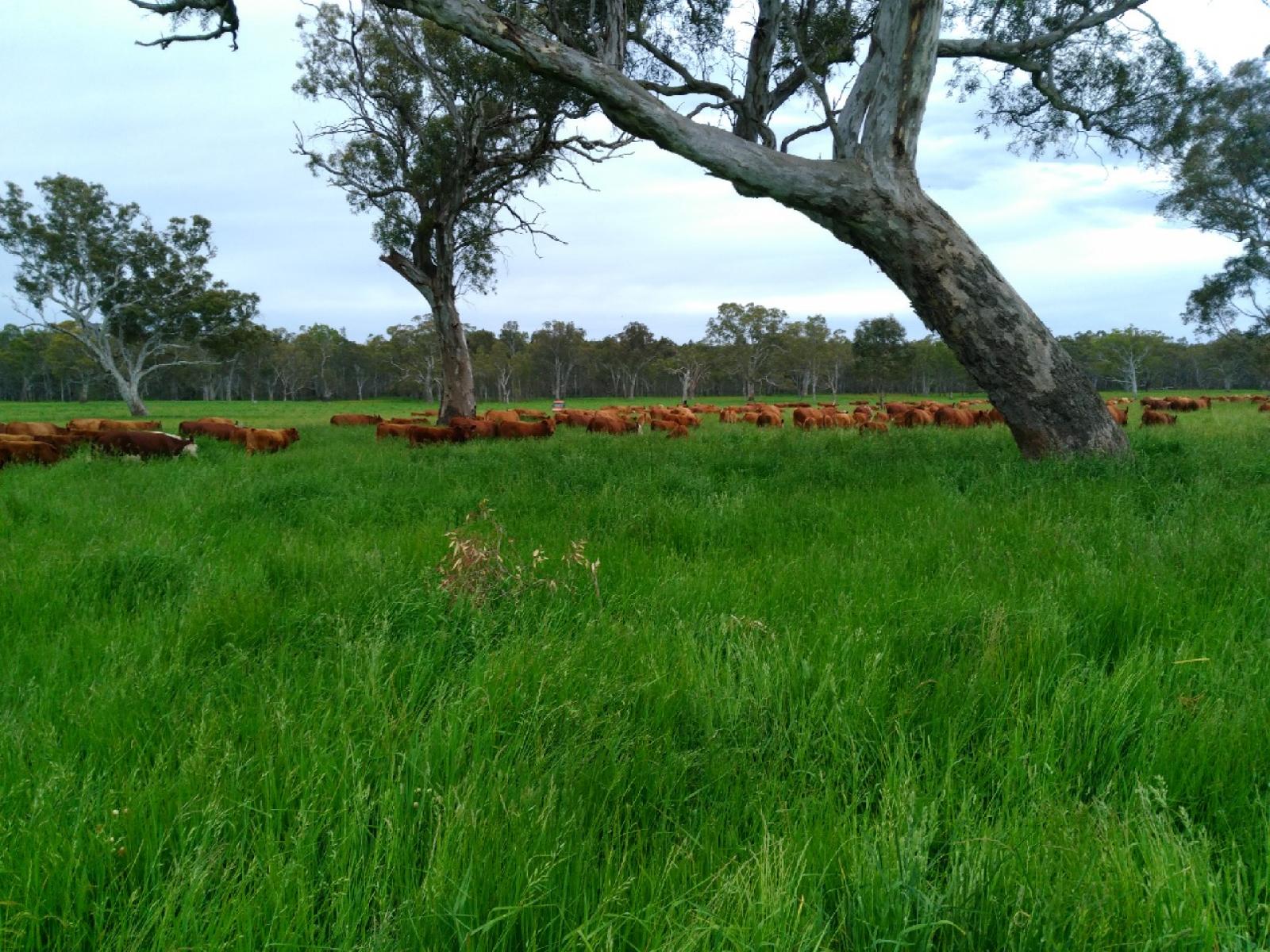An Overview Of Our Solution
- Population Impacted:
- Continent: Oceania
Organization type
Population impacted
Size of agricultural area
Production quantity
People employed
Describe your solution
Describe your implementation
External connections
What is the environmental or ecological challenge you are targeting with your solution?
Describe the context in which you are operating
Our property “Woodlands” is located in the upper reaches of the Glenelg River below Rocklands Reservoir in western Victoria, Australia. The region is considered to be in a safe rainfall belt with low rainfall variation by Australian standards. The property was originally cleared and farming began in the 1860’s with sheep and cattle. We purchased the property in 2009 following 10-12 years of drought at our previous farm in Northern Victoria. We wanted a property with more reliable rainfall, better access to water and were moving away from cropping. “Woodlands” had a history of over-grazing, overuse of artificial fertilisers, no waterways management, erosion and declining productivity. But “Woodlands” also had access to a water pipeline from Rocklands reservoir, around 20km of waterways frontage, large areas of native timber, varied topography from river flats to buckshot rises, good road access and facilities. What we needed to do was turn this asset into a business capable of supporting two families and rebuild the farms capacity and health in order to continue to support our family into the future.
How did you impact natural resource use and greenhouse gas emissions?
Language(s)
Social/Community
Water
Food Security/Nutrition
Economic/Sustainable Development
Climate
Sustainability
Whilst grant funding has been applied for in the past to subsidies fencing costs on the waterways the ongoing need for grants or subsidy to run a farm holistically isn’t there. A key aspect of Holistic Management is proper financial controls, budgeting and planning for a profit from the beginning. What pays for the ecological and social improvements is the more profitable farming system.
Return on investment
Entrant Banner Image

